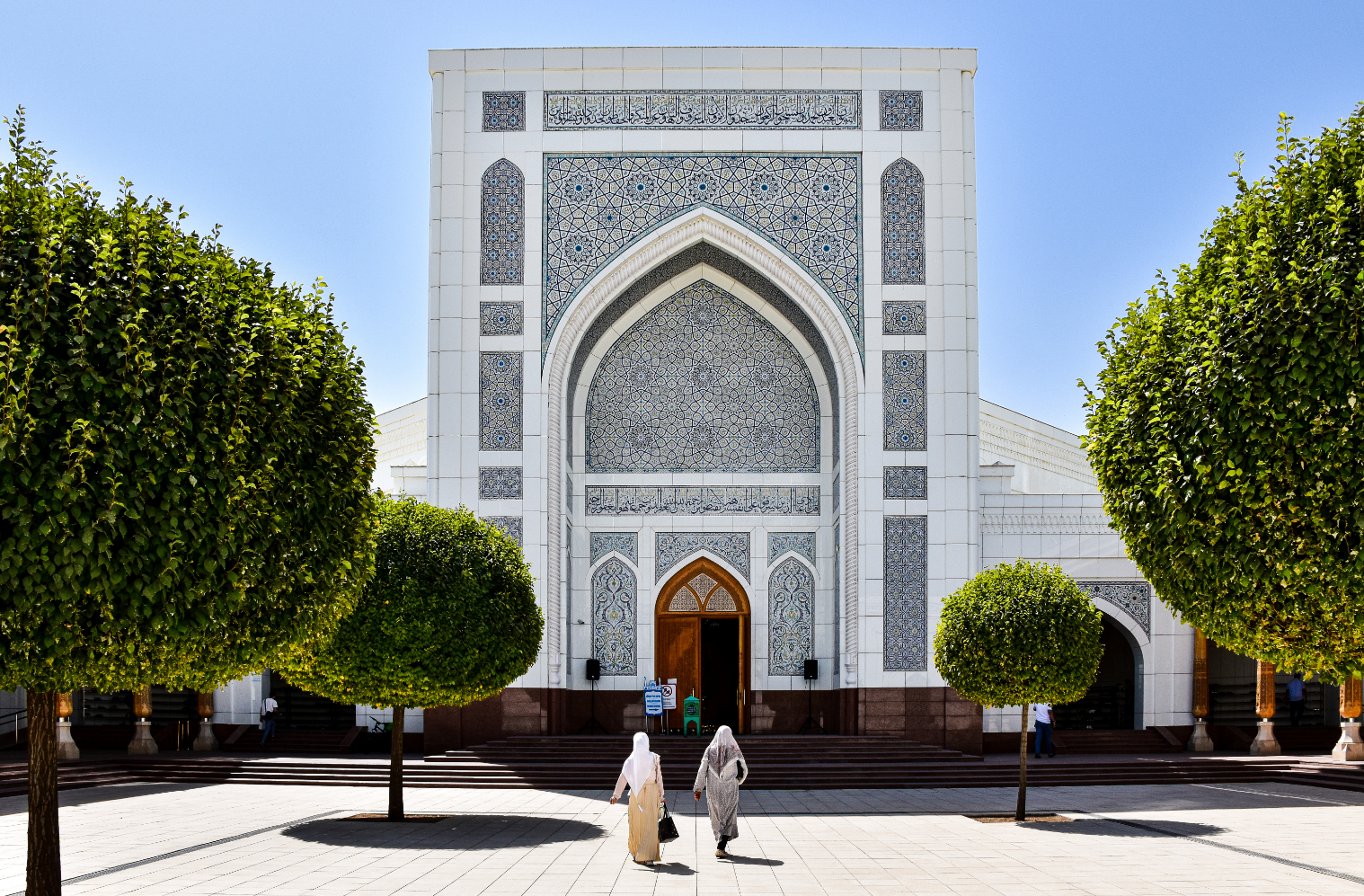
The ancient Silk Road, a vast network of trade routes, once connected the East and West, carrying not only goods but also ideas, cultures, and religions. Today, traveling along this historic path through Kyrgyzstan and Kazakhstan offers a glimpse into a fascinating history marked by ancient cities, striking architecture, and a blend of cultures. Here’s a guide to some of the most captivating Silk Road cultural and historical sites in these two Central Asian countries:
1. Tashkent Gate in Shymkent, Kazakhstan
- Shymkent, one of Kazakhstan’s oldest cities, was a crucial stop along the Silk Road, offering refuge and resources for traders. The Tashkent Gate, though a modern reconstruction, symbolizes the city’s history and welcomes visitors to explore Shymkent’s vibrant culture and local markets. Nearby, you can also visit the Ethno Park, showcasing traditional Kazakh yurts and cultural displays.
2. Hazrat Sultan Mosque, Nur-Sultan (Astana), Kazakhstan
- Though not an ancient site, the Hazrat Sultan Mosque in Nur-Sultan represents the legacy of Silk Road architecture. The mosque’s striking domes, intricate designs, and spacious courtyards are inspired by traditional Islamic architecture, creating a majestic link to the region’s historical religious structures. It’s the largest mosque in Central Asia and a testament to Kazakhstan’s cultural evolution.
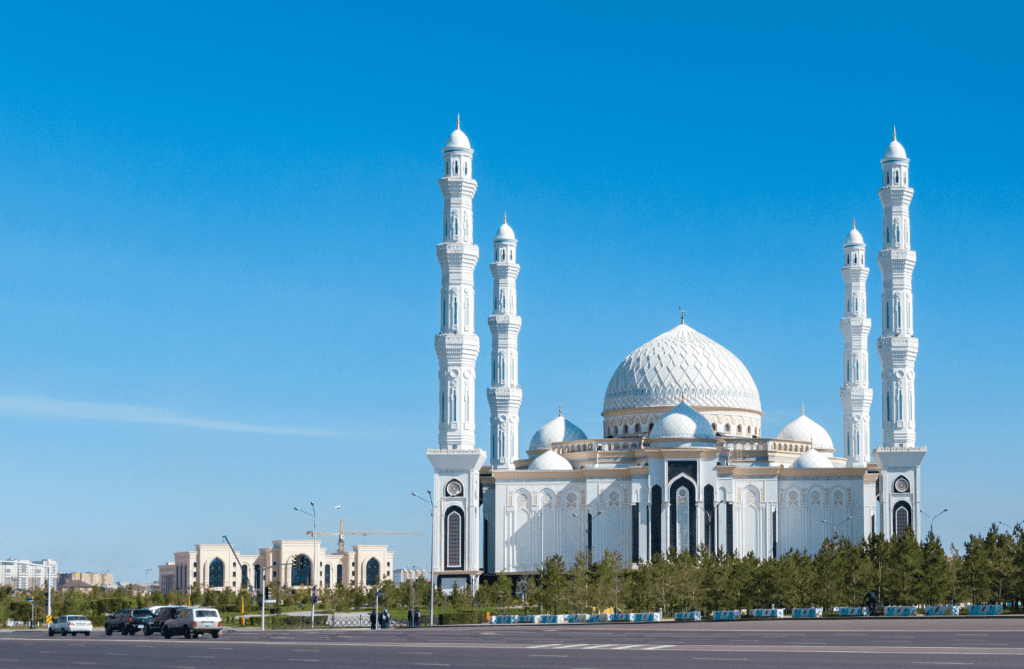
3. Otrar Oasis, Kazakhstan
- Located near Shymkent, the Otrar Oasis is an archeological treasure that was once a bustling trade center and learning hub. Founded over 2,000 years ago, Otrar was a key Silk Road city before being destroyed by Genghis Khan. Today, visitors can explore the ruins of ancient fortifications, old bazaars, and remnants of mosques that reveal the city’s significance as a center of commerce and scholarship.
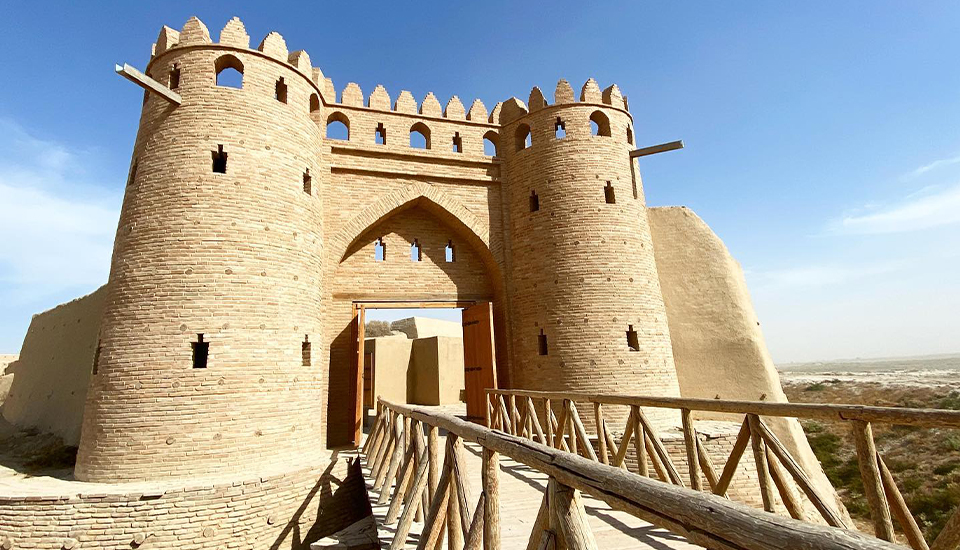
4. Burana Tower, Kyrgyzstan
- Near Bishkek, the Burana Tower is one of Kyrgyzstan’s most iconic Silk Road relics. Originally part of the ancient city of Balasagun, this 25-meter minaret dates back to the 11th century. Although the city has faded, Burana remains, offering panoramic views and showcasing nearby petroglyphs and stone carvings that reflect Kyrgyzstan’s ancient nomadic culture.
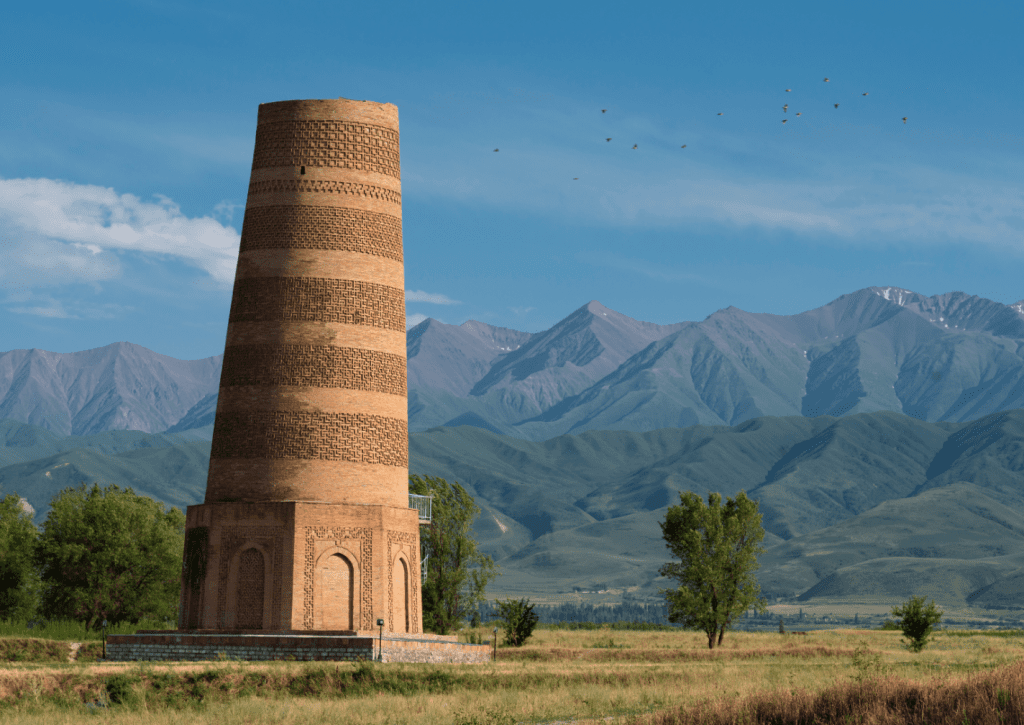
5. Talas, Kyrgyzstan
- Talas, a town nestled in a beautiful valley, was once part of a Silk Road route leading from China through Central Asia. It is also significant for its historical battle between the Tang Dynasty and the Abbasid Caliphate in 751 AD, which played a role in spreading paper-making technology to the West. Talas is rich with folklore and offers scenic views, ancient petroglyphs, and a chance to experience Kyrgyz traditions firsthand.
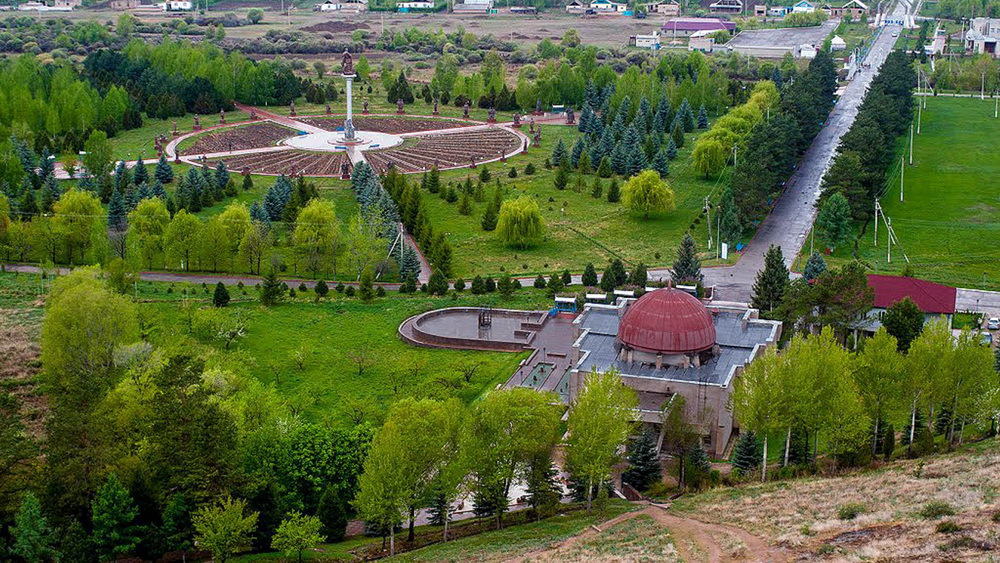
6. Turkestan, Kazakhstan
- Turkestan is home to one of the region’s most impressive historical sites, the Mausoleum of Khoja Ahmed Yasawi. Built in the 14th century, this UNESCO World Heritage Site commemorates the revered Sufi mystic and poet Khoja Ahmed Yasawi. The mausoleum’s intricate tile work, vast domed spaces, and surrounding complexes offer a spiritual journey and a glimpse into Islamic architecture’s influence along the Silk Road.
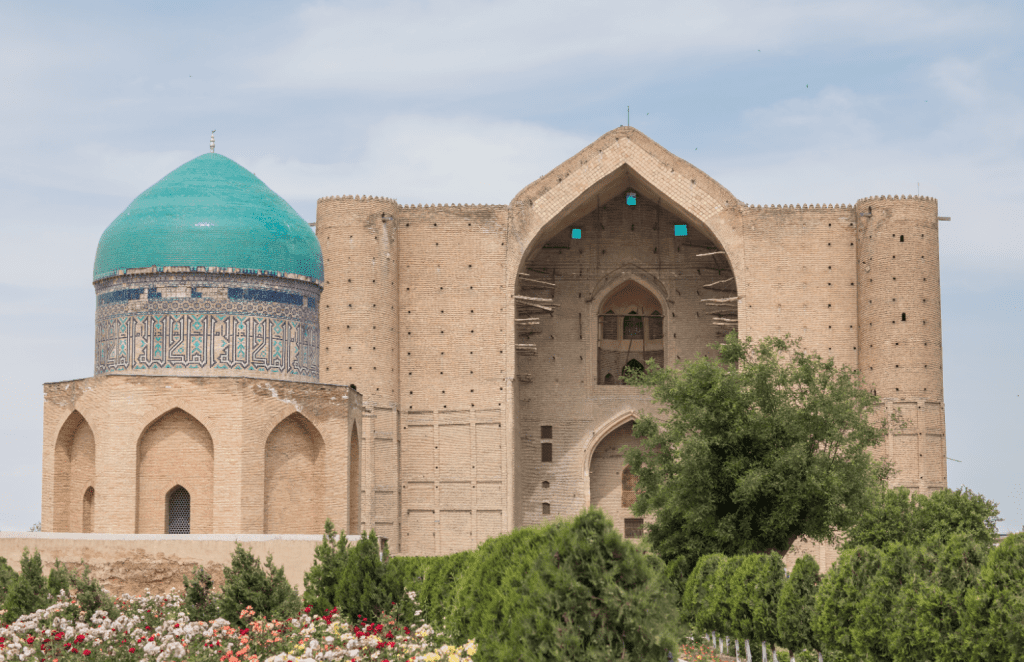
7. Sulaiman-Too Sacred Mountain, Osh, Kyrgyzstan
- Osh, known as the “capital of the south” in Kyrgyzstan, is home to Sulaiman-Too, or Solomon’s Throne, a sacred mountain with over 3,000 years of history. This UNESCO World Heritage Site served as a pilgrimage location along the Silk Road and remains a revered spot. The mountain features petroglyphs, shrines, and caves, along with a small mosque believed to be associated with the prophet Solomon.
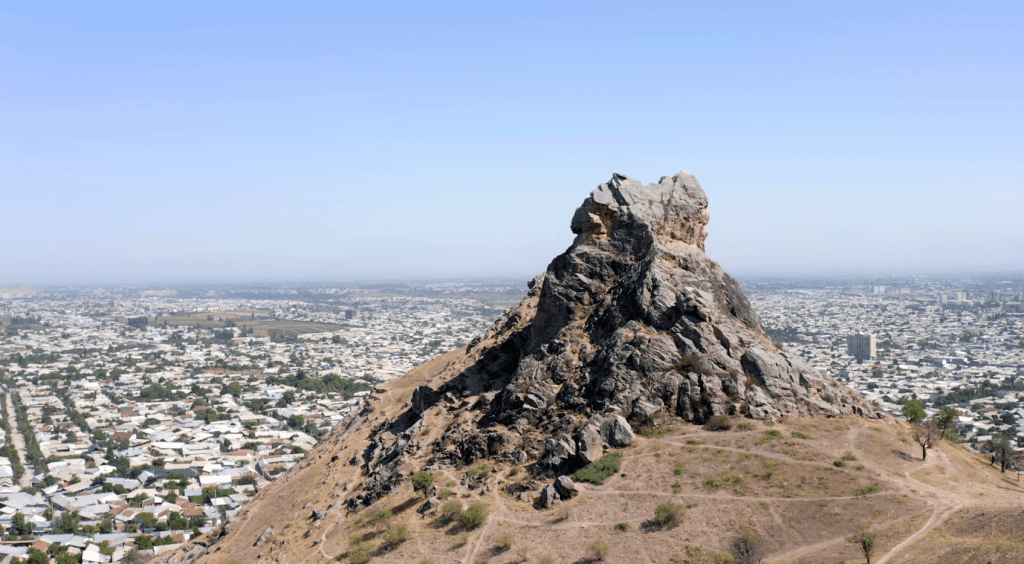
8. Tamgaly Petroglyphs, Kazakhstan
- Near Almaty, the Tamgaly Petroglyphs site offers a remarkable glimpse into ancient life with over 5,000 rock carvings dating back thousands of years. These carvings depict hunting scenes, tribal rituals, and spiritual symbols, offering insight into the beliefs and lifestyles of early nomadic cultures along the Silk Road.

9. Karakhan Mausoleum, Taraz, Kazakhstan
- The city of Taraz boasts a rich Silk Road legacy, and the Karakhan Mausoleum is one of its most visited sites. This 11th-century mausoleum commemorates a Karakhanid ruler and showcases stunning brickwork and geometric designs common to Islamic architecture. Taraz also has several ancient mausoleums, each telling a story of the city’s historical significance as a Silk Road hub.
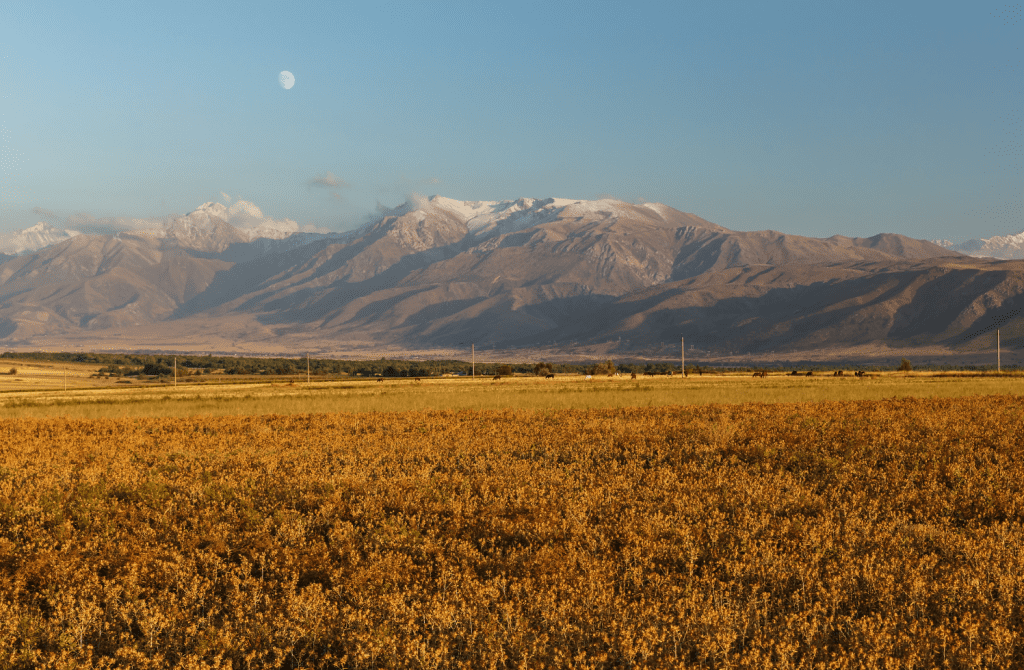
10. Uzgen Minaret and Mausoleums, Kyrgyzstan
- The Uzgen Minaret and accompanying mausoleums in southern Kyrgyzstan date back to the 11th century and reflect the architecture of the Karakhanid period. This historical site, situated along the Silk Road, features unique stone decorations and inscriptions, offering a well-preserved view of the early Islamic influence in Central Asia.


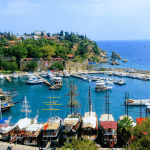




Leave a comment: